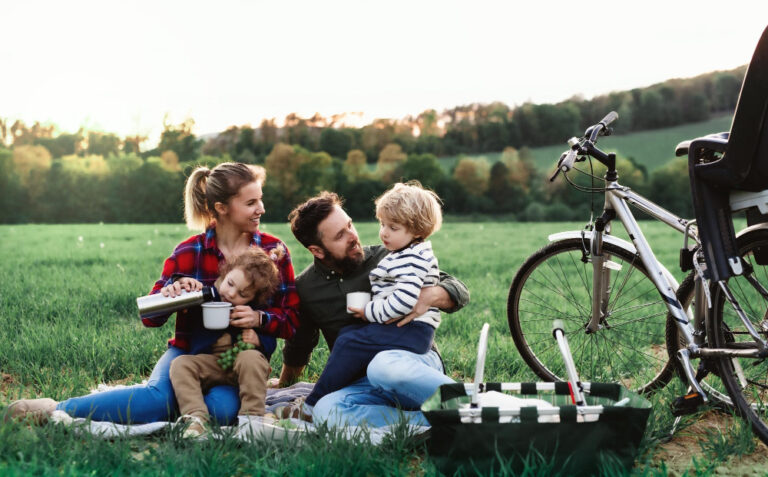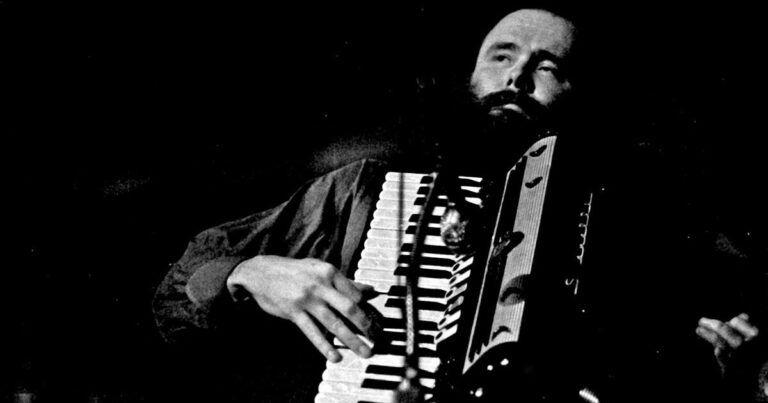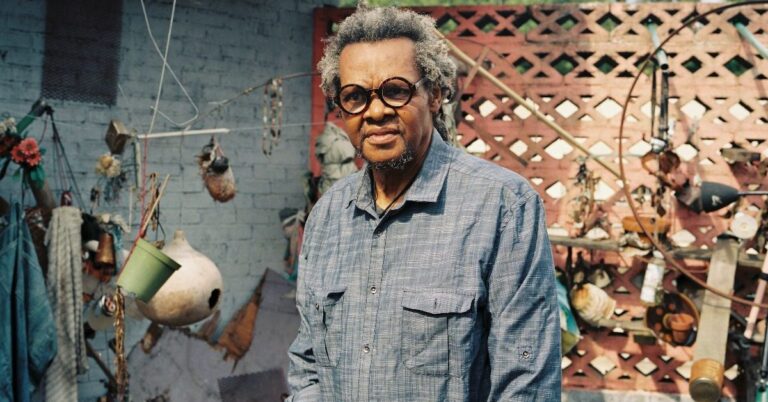Let’s be real: Winter with kids is basically a never-ending cycle of lost mittens, wet socks, and someone yelling, “I’M NOT COLD” while their teeth chatter like castanets. But every once in a while, you manage to drag everyone outside, and—magic—it’s actually fun. Not “hotel pool on vacation” fun, but the kind where you’re all laughing too hard to notice the snotcicle forming on your toddler’s nose. Here’s how to chase those moments, minus the pressure to be Pinterest-perfect. Here are some great outdoor activities!
1. The “We’re Definitely Not Lost” Winter Hike
You know that trail you’ve walked a million times in summer? Winter turns it into an alien planet. Trees become ice sculptures, squirrels leave cryptic footprints, and your 9-year-old will insist that faint rustle is a yeti. Last year, my daughter spent 20 minutes following what she swore was a wolf track. (It was a doodle someone’s Labradoodle left in the snow.)
Why It Works:
- Low Expectations, High Rewards: You’re not summiting Everest. You’re walking 0.3 miles at the speed of “Hey, look at this weird stick!”
- Snacks as Bribery: “See that hill? There’s a Fruit Roll-Up at the top.” Suddenly, your kid becomes Sir Edmund Hillary.
- The Car Ride Home: Crank the heat, blast “Baby Shark,” and listen to them rehash the “adventure” like they survived the Arctic tundra.
Pro Tip:
- Embrace the Clown Suit: Dress kids in so many layers they can’t put their arms down. Lost a glove? Who cares—you bought that 12-pack at Costco for this exact reason.
2. Ice Skating (a.k.a. “How Many Times Can Dad Fall?”)
Last winter, my husband attempted a “triple axel” on our local rink. He wiped out, took out three preteens, and became a viral sensation in our town’s Facebook group. The kids still bring it up at Thanksgiving.
Why It Works:
- Shared Humiliation: Nothing bonds a family like watching Mom penguin-shuffle across the ice while clinging to a traffic cone.
- The Hot Chocolate Aftermath: Find a diner with sticky booths and order the kind of cocoa that’s 90% marshmallow. Let the sugar high carry you through the ride home.
- Photo Evidence: Years from now, you’ll laugh at the pic of your 4-year-old facedown on the ice, mittens soaked, grinning like they just won the Olympics.
Pro Tip:
- Borrow All the Gear: Why spend $200 on skates they’ll wear twice? Rent them, then return them smelling like regret and foot sweat.
3. Snow Fort Building: Where Chaos Meets Creativity
Last January, my kids spent three hours building a “snow mansion” that collapsed in 12 seconds. My son cried. My daughter shrugged and said, “Eh, it was ugly anyway.” Then they rebuilt it twice as big. Parenting win.
Why It Works:
- Free Labor: Kids will shovel snow for hours if you call it “construction work.”
- Life Lessons: When the roof caves in, you get to say, “Failure is growth!” while secretly praying they don’t ask for help digging out their buried Action Figure.
- The Afterparty: Drag a Bluetooth speaker outside, blast “Let It Go,” and serve “snow cones” (snow in cups with Kool-Aid packets).
Pro Tip:
- Steal Their Ideas: That “secret tunnel” they’re digging toward the neighbor’s yard? Redirect it. (“What if… it’s a MOAT?!”)
4. Snowshoeing: For When You Want to Feel Outdoorsy
Snowshoeing is hiking’s bougie cousin. You strap on what looks like tennis rackets, tromp through the woods, and pretend you’re in a NatGeo documentary. My kids lasted 15 minutes before declaring it “too quiet” and pelting each other with snowballs.
Why It Works:
- Bragging Rights: Post a pic on Instagram with #NatureLife. Crop out the part where your toddler ate a fistful of snow.
- Wildlife Encounters: “Look, a deer!” you’ll whisper. “Where?!” they’ll yell, scaring it off. Classic.
- The Car Nap: All that fresh air = kids passed out before you hit the highway. Cue you silently mouthing “THANK YOU, UNIVERSE.”
Pro Tip:
- Bribe with Snacks (Again): Trail mix = 50% chocolate chips. “Find a pinecone, get a chocolate.” Suddenly, they’re botanists.
5. The “Please Just Go Play” Scavenger Hunt
You’re tired. The living room looks like a Lego bomb went off. Enter: The scavenger hunt. Hand them a list scribbled on the back of a grocery receipt and shoo them outside.
Sample List:
- Something spiky (pinecone)
- Something that sparkles (icicle… or a gum wrapper)
- A leaf that’s “still trying its best”
- Proof that squirrels are messy eaters (half-chewed acorn)
- A rock that looks like Dad’s face
Why It Works:
- They Think They’re in Charge: Joke’s on them—you’re drinking coffee in peace.
- Creative Lies: When they bring back a stick claiming it’s a “dragon bone,” lean in. “Wow, honey, you found a rare fossil!”
- The Debrief: Let them present their “findings” like a National Geographic explorer. Film it for future blackmail.
The Secret No One Tells You:
Winter with kids isn’t about perfect moments. It’s about the time the sled flipped into a bush and everyone laughed till they cried. It’s about your teenager grudgingly admitting the stars look “kinda cool” when you’re lying in the snow. It’s about wet boots dripping by the door and the smell of grilled cheese after coming inside, cheeks pink and hearts full.
So yeah, someone will lose a boot. Someone will cry because “snow got in my sleeve.” But for five minutes—or maybe twenty—you’ll all forget it’s cold. And that’s enough.
Now go make some core memories. And maybe buy hand warmers in bulk.















